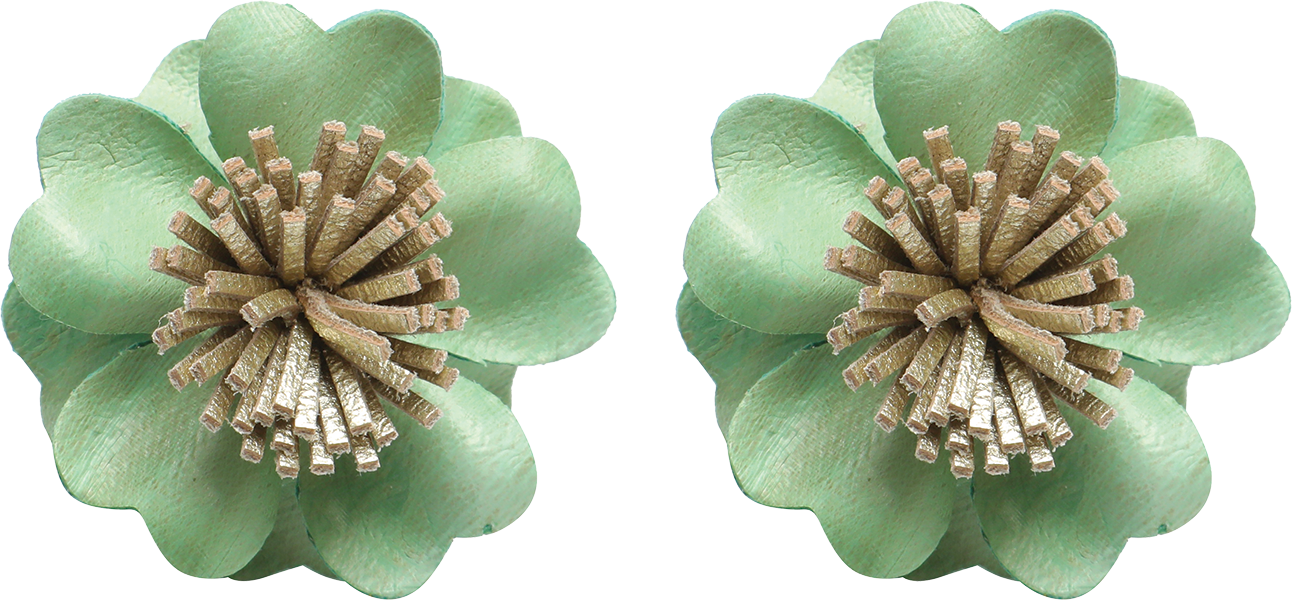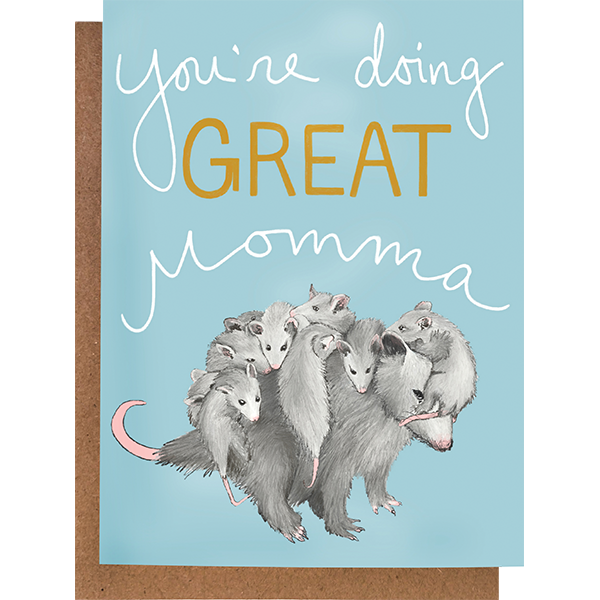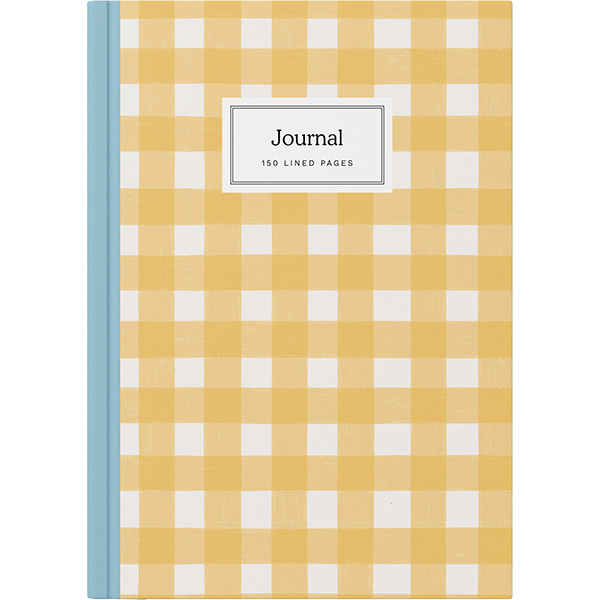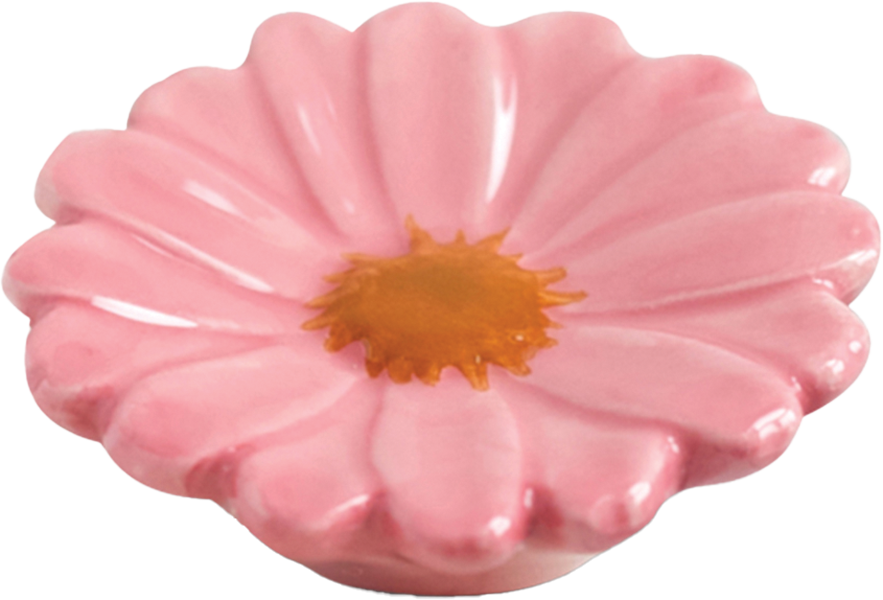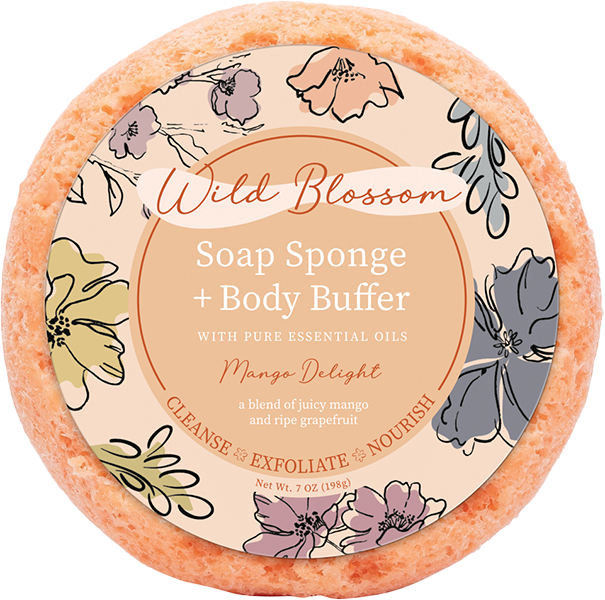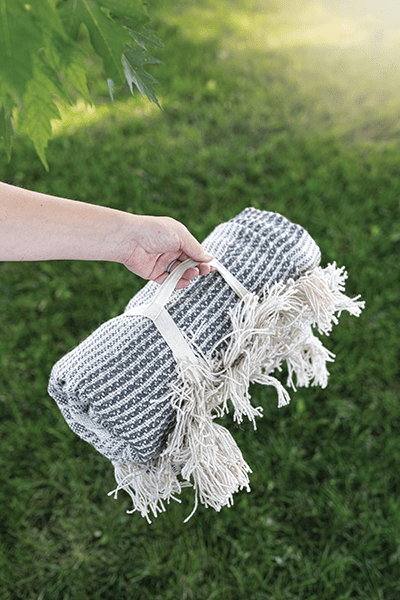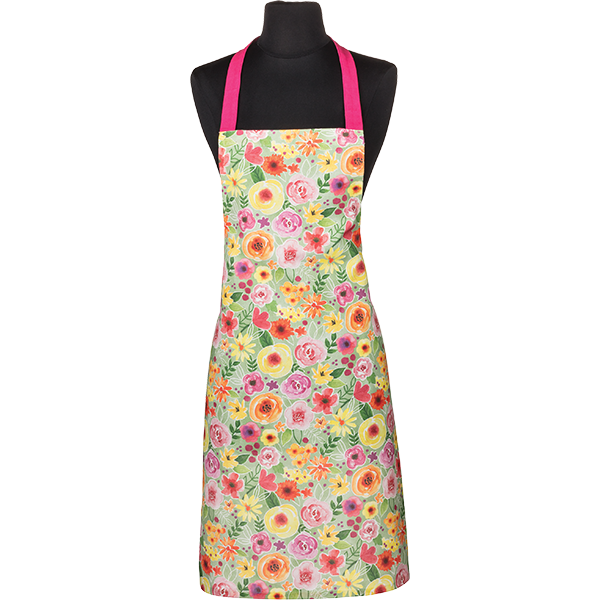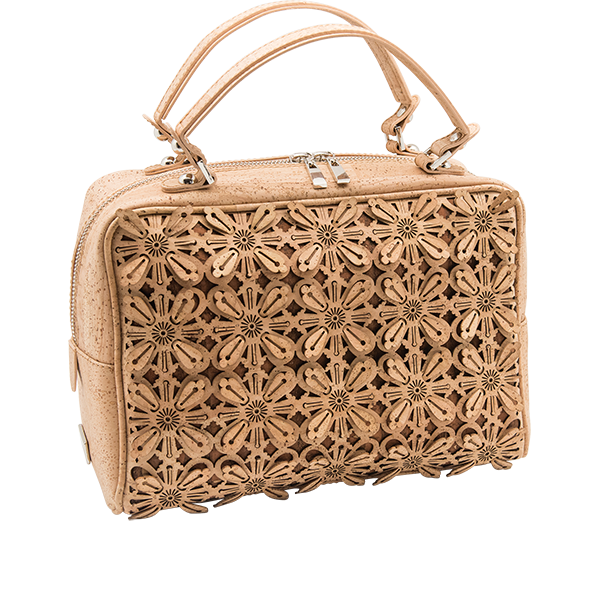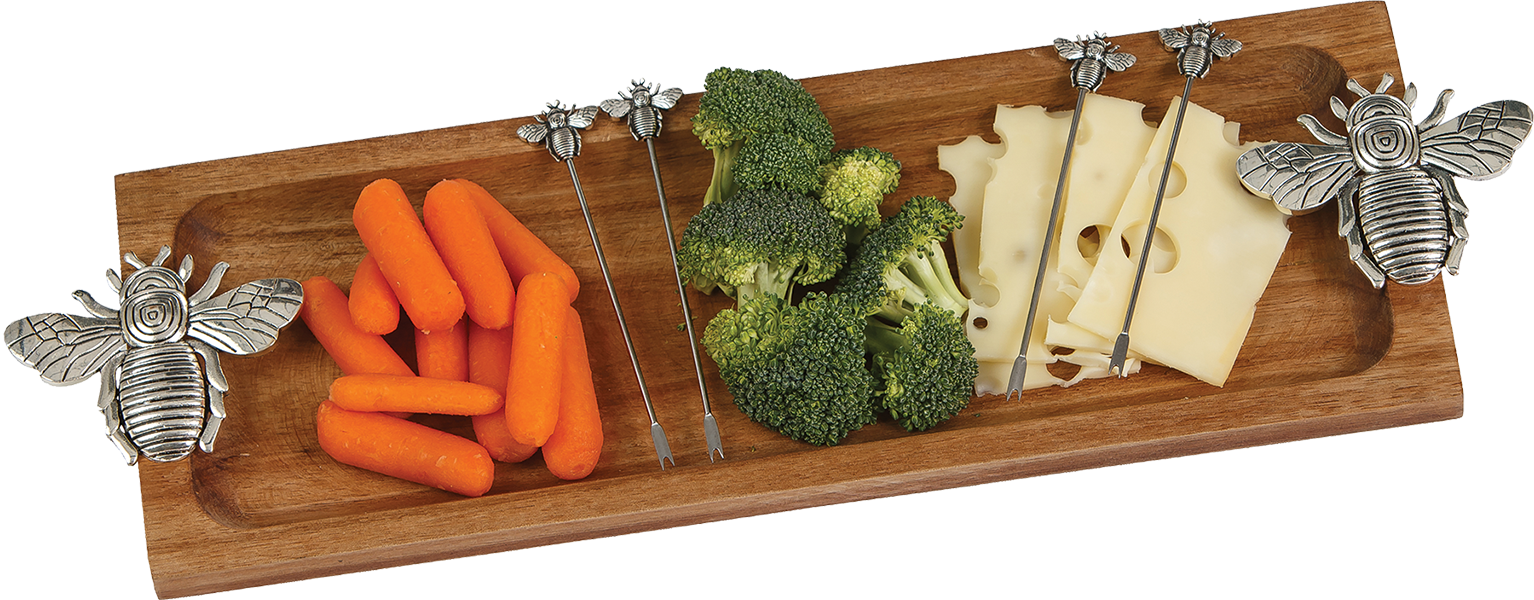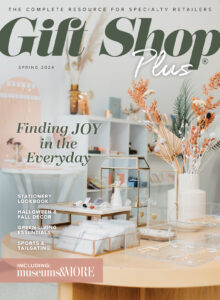Tanganyika Wildlife Park
Creating a wildly different experience
Have you ever seen an African Honey Badger? How about an 8-foot-tall stuffed giraffe? If you have ever visited the Tanganyika Wildlife Park in Goddard, Kan., the answer would be a resounding yes,” and you would be aware of how unique both the facility and the retail shop are.
Whereas most zoos in the U.S. are part of a municipal, county or state government or operated by a zoological society, Tanganyika Wildlife Park is a private, family-owned wildlife park that has been operating since 1986. They receive no subsidies of any kind, which means they’re completely dependent upon their patrons support to care for the animals.
One way patrons can help to support the park is by purchasing items from the gift shop, a store that offers a unique selection of products that reflect what guests have seen in the park — a world-class animal collection that includes rare animals such as Amur leopards, Clouded leopards, Javan langurs, African Honey Badgers, Indian Rhinos and the third largest herd of reticulated giraffe and the largest collection of snow leopards in the U.S.
“Tanganyika Wildlife Park aims to provide real experiences that are entertaining and educational in order to have a significant impact in the stewardship of selected species,” said Matt Fouts, assistant director. We have extended the same philosophy of interaction in the gift shop. When guests purchase a plush kangaroo, for instance, it is a constant reminder of the experience they had petting a kangaroo and learning about it, which will strengthen their appreciation for animals.”
They also have the added of benefit of knowing that the money goes directly to feed and care for some of the rarest animals in the world.
Up Close and Personal
The Tanganyika Wildlife Park is designed to emphasize just that — wildlife in a “park” setting. Visitors can get up close and personal with many animals and many of the exhibits are designed to allow viewing without any visual barriers and to create a tranquil atmosphere with landscaping features like a 50 foot waterfall and a creek that runs through the park.
Interactive experiences include feeding stations for giraffe, lorikeets, African tortoises, bunnies, guinea pigs and a children’s zoo. They’re also the only place in the U.S. with a ringtail lemur feeding island and feeding stations for the 2.5-ton Indian rhinoceros. They feature a kangaroo walk-about, camel rides, horse rides and take numerous animal ambassadors around the park, including African crested porcupines, multiple species of snakes, lizards and other reptiles, African pygmy hedgehog, 3-banded armadillos, alligators, prairie dogs, etc.
Upon exiting the park and entering the shop, visitors are greeted with a huge orangutan sitting on top of a giant wall of plush and fixtures with pinchers, rubber snakes and DIY tubes. Taking a turn through the middle of the gift shop, shoppers find fixtures with small $9.99 plush and a wall covered with hanging monkeys and snakes next a large Schleich rack.
To the right, shelves of branded items intended for adults include mugs, shot glasses, etc. that are sandwiched between jewelry racks and an adult T-shirt rack. Next are various candy racks, including a Pucker Powder machine, Stone-Age Art products, a wall of children’s T-shirts, toys, puzzles, games, books, stationery, several items for smaller children and a variety of impulse and novelty items next to the cash register.
“I try to find items that aren’t carried in your typical retail store, such as plush for many of the rare animals we have,” Fouts said. “I often try new lines each year so we have new options each time someone returns. We clear out nearly all our T-shirt designs each year and have fresh designs in the spring.”
Rare Retail
The zoo originally began as a breeding facility for many of the world’s most rare species, such as Clouded leopards and snow leopards. Since they opened to the public in 2008, they have been able to also focus on species that are rare to the U.S. and try to increase their captive populations. This heavy focus on breeding provides them with numerous babies each year that are not only important for conservation purposes, but that also provide them with a unique opportunity to educate/entertain.
“We merchandise accordingly by offering ‘baby’ plush and items with a mama and a baby and have posted items in the nursery windows so guests can see them,” Fouts said. “We are firm believers in the ideal of ‘Conservation through Commerce,’ and I believe it may be the only way to truly sustain many of the world’s species going forward.”
Plush, small toys/novelty items, branded items such as shot glasses, mugs, hats and other apparel have sold consistently well. Fouts said photo magnets are also popular, as people always enjoy a great picture of their favorite species of animal, and that people frequently want their pictures taken with the oversize plush that they sell.
“As the assistant director, I oversee much more of our facility than the gift shop, so I know precisely what is happening with our animal collection and merchandise appropriately,” Fouts said. “If it is going to be a good year for penguins, then I order more penguin items. If we will be acquiring new animals, then I try to find something with that animal. Finally, I really watch our visitors and their behaviors as they go through the gift shop and the park. I have re-organized my gift shop multiple times to try and maximize my product placement.”
With another large zoo only 13 miles away, there is some product overlap, but Fouts said many of their items and shirt designs are unique because they feature the specific animals/animals that most zoos don’t have.
“And while we try to keep our inventory geared toward our animal collection, we are always looking for popular items,” Fouts said. “I’ve noticed more companies offering custom items at lower minimums and more ‘American Made’ items, which is great for smaller facilities and/or facilities with unique animals.
“Being a smaller facility, I have to say that much of our success is due to the experience we gain from attending shows like IGES and talking with other ZAG members,” Fouts continued. “They have helped us tremendously.”
Along with ZAG, Fouts has found that not being intimidated by vendors at shows is another key to success.
“It can be intimidating, but don’t feel bad about asking for special terms or a discount,” he said. “In our case, that money goes directly to feed and care for some of the rarest animals in the world and that is a good thing.”
By Abby Heugel
Managing Editor
“














